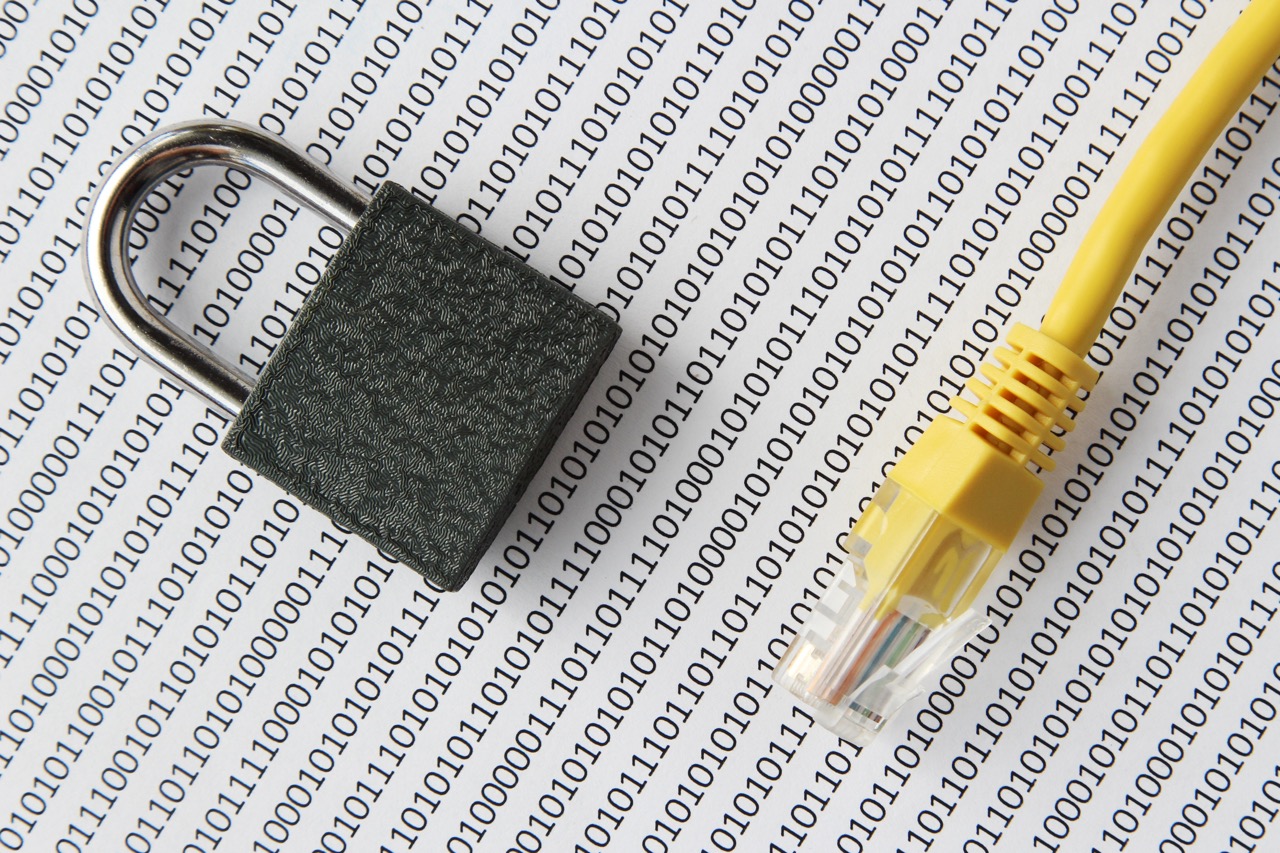In our increasingly digital world, a fast and reliable internet connection is paramount for both personal and professional activities. While many users focus on upgrading their internet service plans, an often-overlooked solution to enhancing internet speed is the use of proxies. Proxies can streamline internet traffic, enhance security, and even bypass geographical restrictions. This article delves into the fundamentals of proxies, how to choose the right type for your needs, a step-by-step setup guide, and common issues you might encounter along the way.
Understanding Proxies: What They Are and How They Work
Proxies are intermediary servers that act as a gateway between your device and the internet. When you connect to a proxy server, your internet requests are routed through that server before reaching the desired destination. This process masks your IP address and can help improve security, as the proxy server handles the data traffic. Additionally, some proxies cache content to reduce load times and bandwidth consumption.
The primary function of a proxy is to relay requests for web resources and return the responses back to the client. By managing traffic and organizing data requests, proxies can help balance the load on network infrastructure, ultimately speeding up access to frequently visited sites. Moreover, they can also compress data, which may lead to faster loading times for large files and reduce overall data usage.
Proxies operate on different protocols, including HTTP, HTTPS, and SOCKS, each serving distinct purposes. HTTP proxies are primarily used for web traffic, while HTTPS proxies add a layer of security for encrypted communications. SOCKS proxies are more versatile, handling various types of traffic but are typically slower than HTTP and HTTPS proxies. Understanding these fundamental concepts is essential for leveraging proxies effectively.
Types of Proxies: Choosing the Right One for Your Needs
When it comes to proxies, there are several types to consider, each offering unique advantages. Residential proxies are IP addresses provided by Internet Service Providers (ISPs) to homeowners. They tend to have lower detection rates and are suitable for tasks requiring high anonymity, such as web scraping or accessing geo-restricted content. However, they generally come at a higher cost compared to other types.
Datacenter proxies, on the other hand, are generated in bulk and are typically faster than residential proxies. They offer a higher level of performance, making them ideal for tasks that require speed, such as gaming or streaming. However, they are more susceptible to detection since the IP addresses come from data centers rather than individual ISPs. For applications where performance is the priority, datacenter proxies may be the best option.
Another category worth mentioning is the free and paid proxies. While free proxies may seem attractive, they often come with limitations such as slower speeds, unreliable uptime, and potential security risks. Investing in a reputable paid proxy service can offer enhanced speed, better security, and customer support, making it a more viable option for users with high-demand needs.
Configuring Proxies: Step-by-Step Setup Guide Explained
Setting up a proxy connection may vary depending on the operating system and application you are using. Generally, the first step is to select a proxy server that fits your requirements and obtain the necessary server address and port number from your proxy service provider. If you are using a web browser, most provide an option to configure proxy settings within their settings menu.
For Windows users, you can access the proxy settings by navigating to Settings > Network & Internet > Proxy. Here, you can manually enter the proxy server details or enable automatic detection. For Mac users, the process is similar, found under System Preferences > Network > Advanced > Proxies. Ensure that you choose the correct protocol (HTTP, HTTPS, or SOCKS) based on your usage.
Once the proxy settings are configured, it’s essential to test the connection to ensure it’s functioning correctly. You can do this by accessing a website that displays your IP address to verify that it reflects the proxy’s IP instead of your own. Additionally, running a speed test before and after configuring the proxy can help you gauge any improvements in internet speed.
Troubleshooting Proxy Issues: Common Problems and Solutions
Despite the advantages of using proxies, users may encounter various issues that can hinder performance. One common problem is slow internet speed, which may occur due to an overloaded proxy server or unstable connection. In such cases, switching to a different proxy server or upgrading to a faster proxy service can often resolve the issue.
Another frequent problem is the inability to connect to certain websites. This can happen if the proxy is blocked by the target site or if the website has implemented security measures against proxy access. To navigate around this, users can try using a different proxy type (like switching from a datacenter proxy to a residential one) or utilizing a VPN, which can provide additional anonymity and access.
Lastly, users might face issues related to authentication when using proxies that require login credentials. Ensure that the correct username and password are entered, and if issues persist, contacting your proxy service provider for assistance may be necessary. They can provide guidance on resolving authentication errors and ensure that your configuration is optimized for performance.
In summary, utilizing proxies can significantly enhance your internet experience by improving speed, providing anonymity, and enabling access to restricted content. By understanding the types of proxies available, configuring them correctly, and troubleshooting potential issues, you can maximize the benefits of this technology. As you explore the world of proxies, always prioritize your specific needs, whether that be speed, security, or ease of access. Adopting informed practices will ensure that you make the most of your internet connection.










